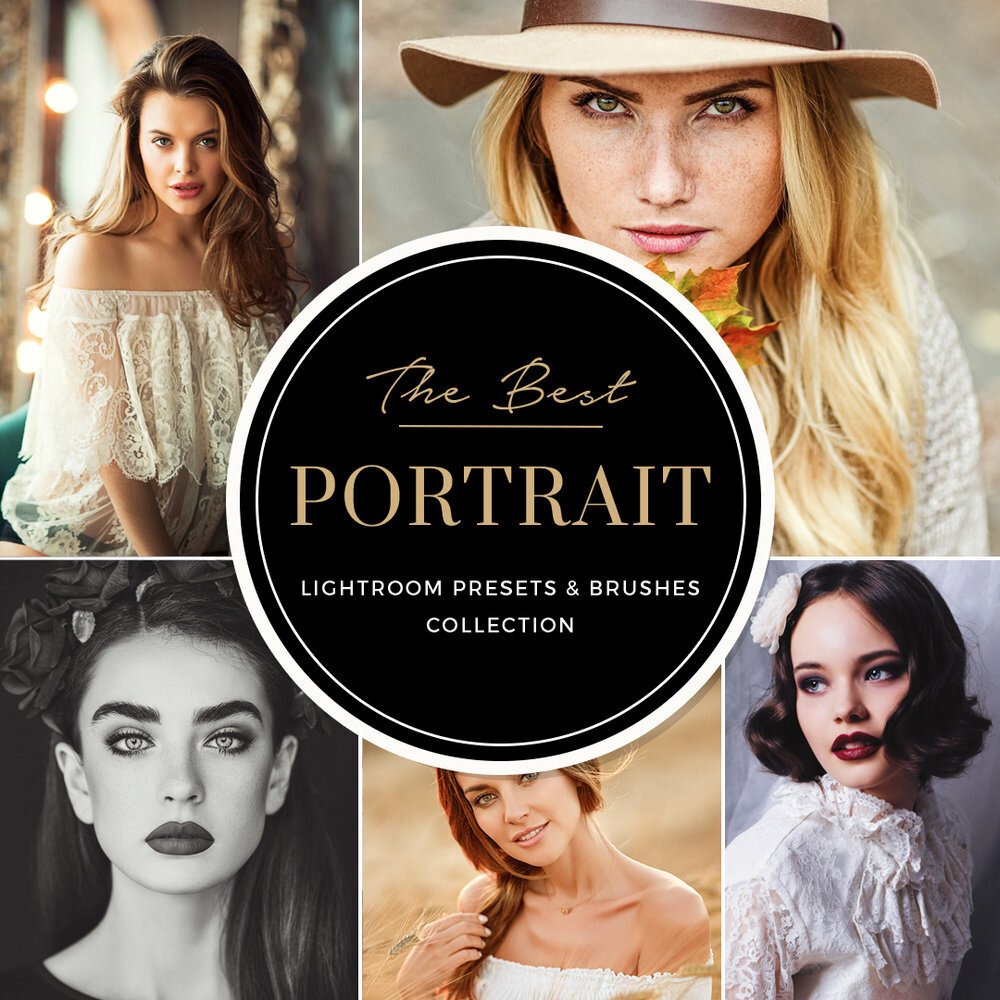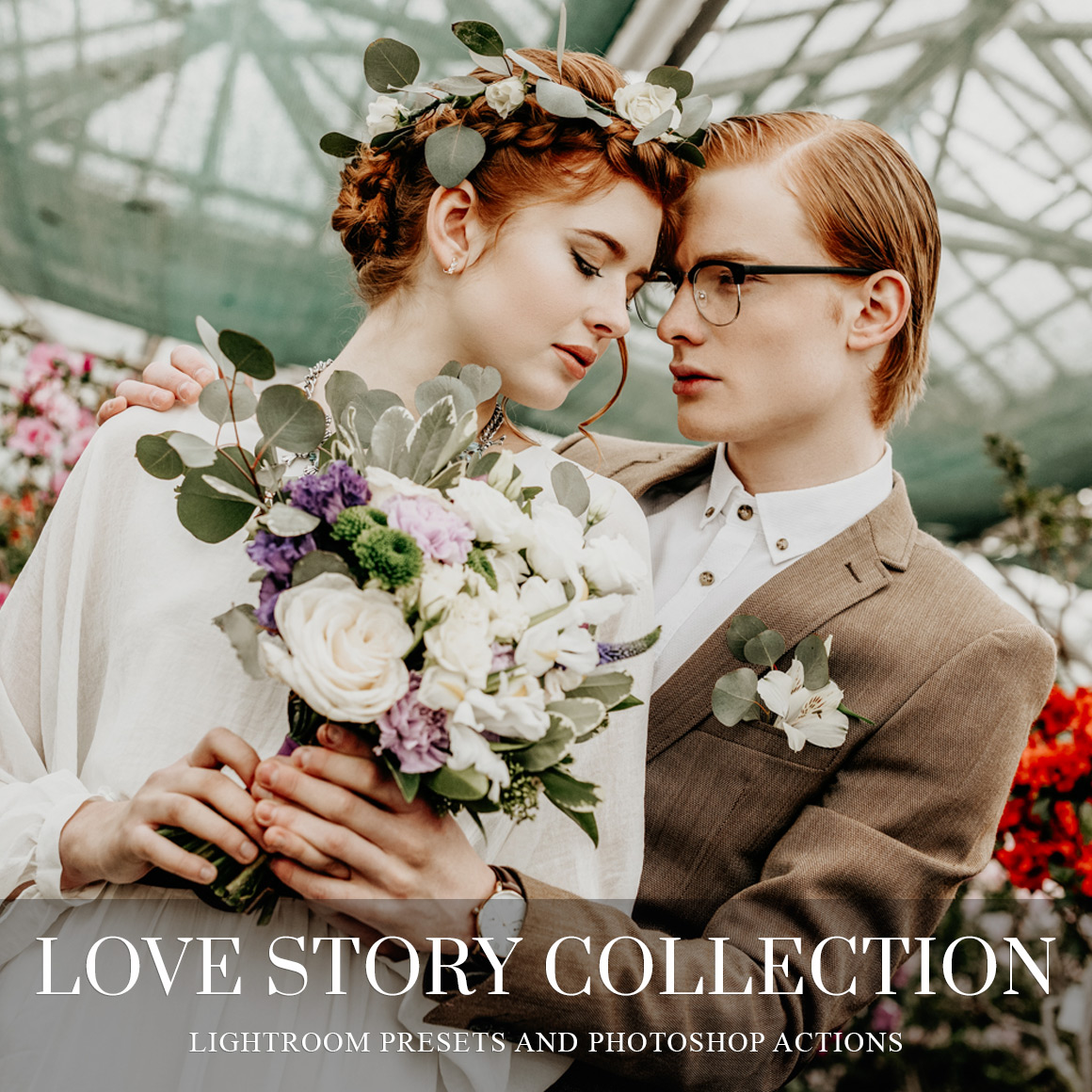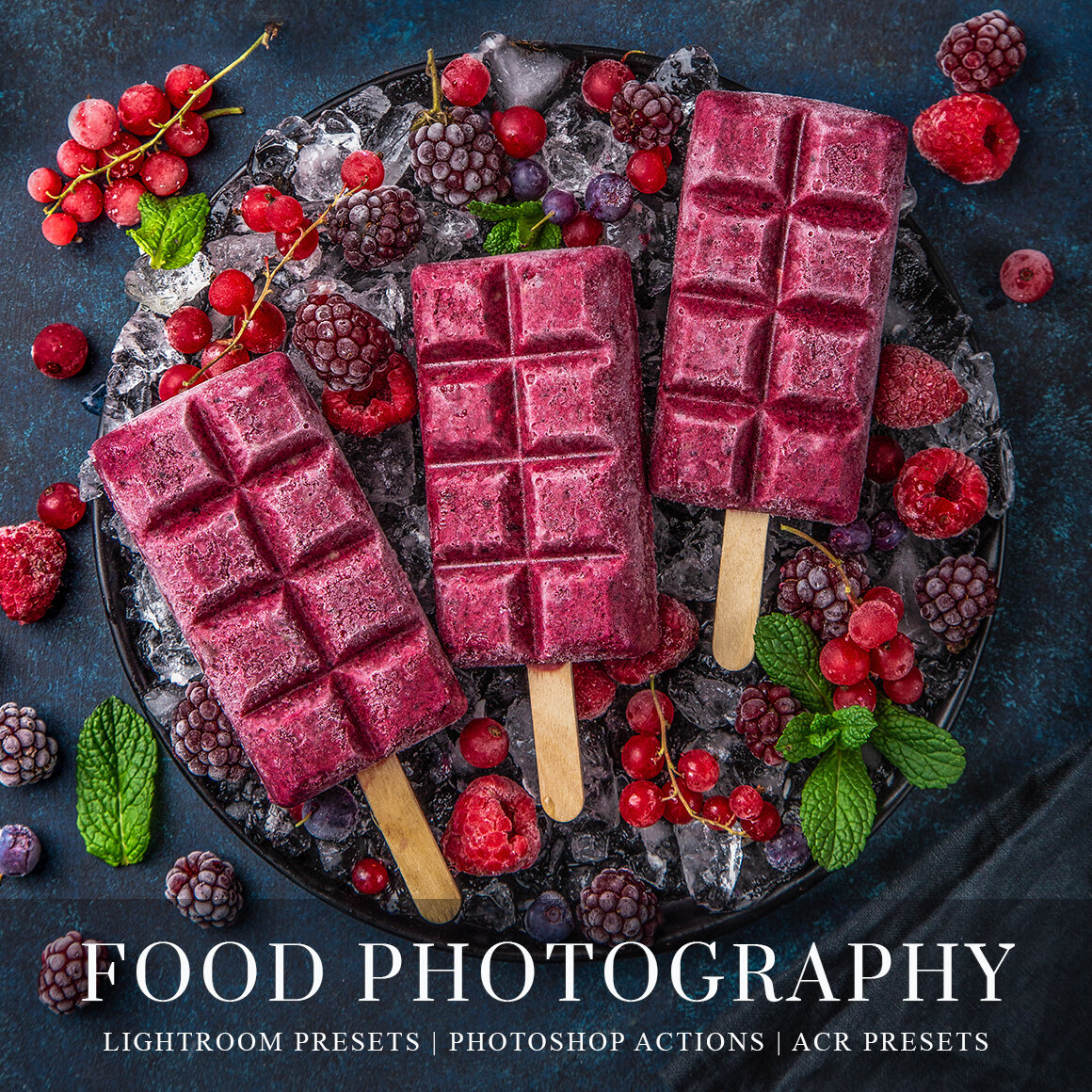How to Take Photos That Work as Wall Art
Photography is a diverse art form. From portraits to landscapes, there are plenty of subjects to choose from. When you’re curating your career as a photographer, it’s important to have a goal in mind.
In this digital age, selling your images as canvas prints and wall art is a viable option for income. Images intended to hang in someone’s home have their own set of unique qualifications. Learn how to optimize your photography for the purpose of interior design.
Capture a Mood
Clients are purchasing your photos to match their current decor. That means each image should convey an identifiable mood. Be specific with your color scheme and imagery, and imagine exactly what kind of home your print would complement. If you prefer to photograph in black and white, choose a modern, moody subject like architecture. For photographers who work with more delicate themes, consider softly lit subjects like dreamy landscapes. Make sure you have a clear vision for who your customer is and how your photos will fit their aesthetic.
The Great Escape
Homeowners choose wall art to enhance the appearance of their home. As the photographer, your job is to create a visual escape from reality and create an inviting atmosphere for house guests. Interior design is all about turning a home into a livable dreamscape. Your clients are waking up every morning to your art, so it should set the tone for their day-to-day life. Help them achieve their ultimate living space with wall art that transports them to a pleasing place. Choose subjects that can’t be admired on a regular basis.
Pay Attention to Lighting
Lighting is essential when it comes to setting yourself apart from competing photographers. Consider the time of day when you take your photo. Early morning and late afternoon tend to produce the softest light and can give your subject a natural glow. If you’re photographing indoors, do not rely on overhead lighting. Instead, ensure that you have light sources at the same height as your primary subject. Unless you’re photographing a backlit silhouette, avoid unwanted shadows that can distract from your composition.
Zoom In
Make sure you can perceive intricate details in your photograph. Photos that are taken from too far away can result in your subject getting lost in the background. Your subject should be clear and detailed for maximum visual interest. It should show elaborate features that are sharper and more well-defined than when observed with the naked eye.
But Not Too Close
Because your photograph will be turned into a presumably large print, subjects that are too close can look awkward when blown up. It is a delicate balance between showing enough detail without losing your subject in its entirety. While minute details are fascinating, you should still be able to easily identify the subject. Choose scenery with interesting curves and characteristics, but make sure that the location of objects is recognizable rather than too abstract for the focal point of living space.
[IMAGE3]
Specialize in a Subject
When marketing yourself as a photographer, you have to specialize in something. Play to your strengths and discover what your best photographs have in common. Also, consider accessibility to subjects and what you can easily photograph near your location. You want clients to come to you for a specific style. Hone in on your unique aesthetic, and find scenery that excites you. Some photographers choose to focus on desert landscapes, while others may specialize in city skylines. You should concentrate on your own distinct category.
Unusual Angles
While it’s important to choose a subject matter that is sellable and marketable, you have to find a way to set yourself apart from other photographers. Wall art photography is a highly competitive market, so you need to find the balance between subjects that are highly searched and a perspective nobody has seen before. For instance, art that depicts Paris is popular among homeowners. However, there are thousands upon thousands of beautiful photos of the Eiffel Tower. One way to ensure your photos stand out is to choose a unique angle. Try to capture the monument from an angle that hasn’t been exhausted.
The Right Resolution
Because wall art is so much larger than a traditional photograph, high resolution is essential. A blurry photo will not sell, and it will greatly upset your buyer. For a 300 PPI resolution, your photos should be around 38MB per square foot. For pixels, refer to the guide below:
16”x20” - 760 x 610 px
20”x30” - 1200 x 760 px
24”X36” - 1400 x 920 px
36”x48” - 1900 x 1400 px
Avoid Pedestrians
Nobody wants strangers sitting in their home, and that goes for wall art as well! Photograph areas at a low-foot traffic time of day, especially if you are capturing major tourist locations. You also may need to Photoshop out unwanted passerby’s that can distract from your main focus. However, you don’t have to avoid pedestrians in their entirety. As long as their features are unidentifiable, pedestrians can exist in an image from a proper distance. Just remember that the last thing you want is a tourist in a kitschy getup covering a key element in your photo.
High Saturation
If you don’t have access to extraordinary landscapes or architecture, don’t fret! Raising the saturation and contrast of your photo can instantly make ordinary places look extraordinary. Even if you’re photographing a place that has naturally vibrant colors, raising the saturation can make it look otherworldly. You want your subjects to leap off the page, so the more visual contrast, the better.
Practice Makes Perfect
Selling your art is a game of trial and error. You have to find the right client and platform for your individual work. Whether you receive one rejection or hundreds, don’t give up! Keep taking photos and reaching out to wall art retailers until you find the perfect match. Once you start to gain traction as a wall art photographer, your career can take off in the blink of an eye.




















